Ferrets make delightful, energetic pets with their playful antics and curious personalities. However, one challenge many ferret owners face is proper bathroom training. Unlike cats who instinctively use litter boxes, ferrets require patient training to develop this habit. The good news is that ferrets are intelligent creatures who can learn to use a designated bathroom area with the right approach. Litter box training not only makes cleaning your home easier but also creates a healthier environment for both you and your ferret. In this comprehensive guide, we’ll explore everything you need to know about successfully training your ferret to use a litter box consistently.
Understanding Ferret Bathroom Habits

Before diving into training techniques, it’s essential to understand how ferrets naturally approach elimination. Ferrets typically prefer to use bathroom areas in corners, often backing up against walls when relieving themselves. This natural instinct derives from their wild ancestors who used this positioning as a protective strategy. Unlike some pets, ferrets don’t bury their waste, which explains why shallow litter boxes work better than deep ones. Additionally, ferrets have quick digestive systems and may need to eliminate as frequently as every 3-4 hours when awake, making consistent litter box access crucial for successful training.
Selecting the Right Litter Box
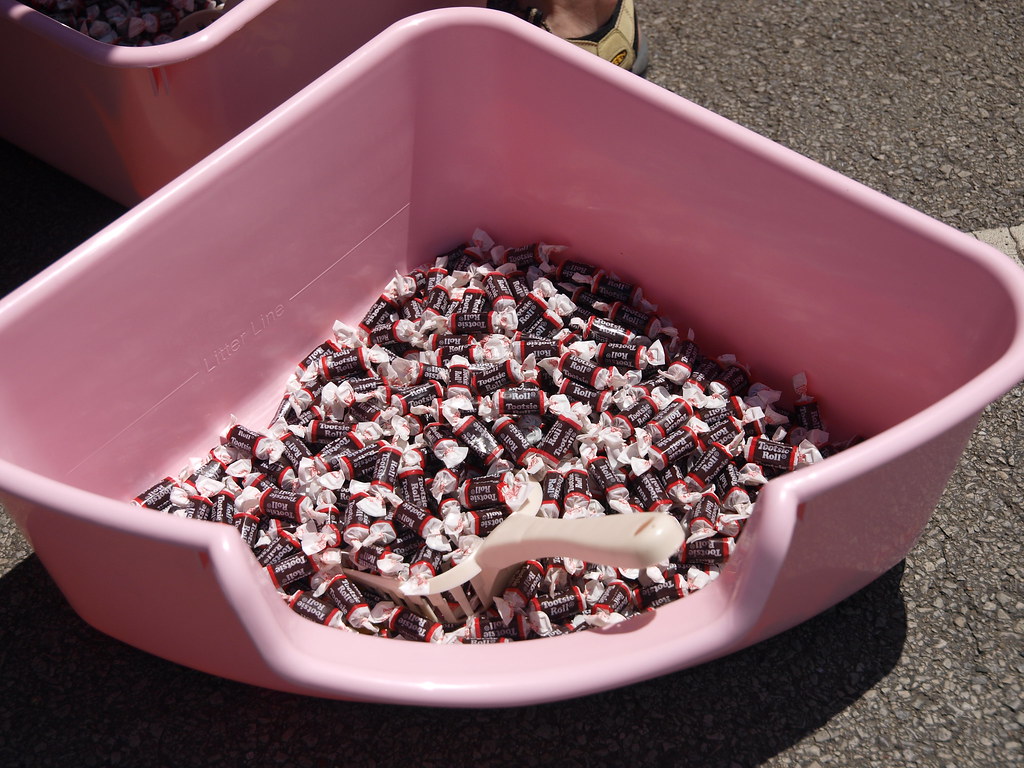
Choosing an appropriate litter box dramatically impacts your training success rate. Ferrets need corner-style litter boxes that provide the backing they instinctively seek when eliminating. The ideal box should have low sides for easy entry while being high enough at the back to contain waste when your ferret backs up against it. Many experienced ferret owners recommend triangle-shaped corner boxes specifically designed for ferrets rather than cat litter boxes. For multi-level homes, plan to place at least one litter box on each level where your ferret spends time, as they may not always make it to a distant box when the urge strikes.
Choosing Appropriate Litter Material

The type of litter you select is crucial for both ferret health and training success. Never use clay-based or clumping cat litters, as these can cause respiratory problems and intestinal blockages if ingested during grooming. Paper-based pellet litters, recycled newspaper pellets, or specialized ferret litters are ideal choices that balance absorbency with safety. Wood shavings should be avoided due to aromatic oils that can irritate respiratory systems, with cedar being particularly dangerous. Some owners successfully use shredded paper, though this requires more frequent changing. Whatever material you choose, ensure it’s dust-free to protect your ferret’s sensitive respiratory system.
Determining the Number of Litter Boxes Needed
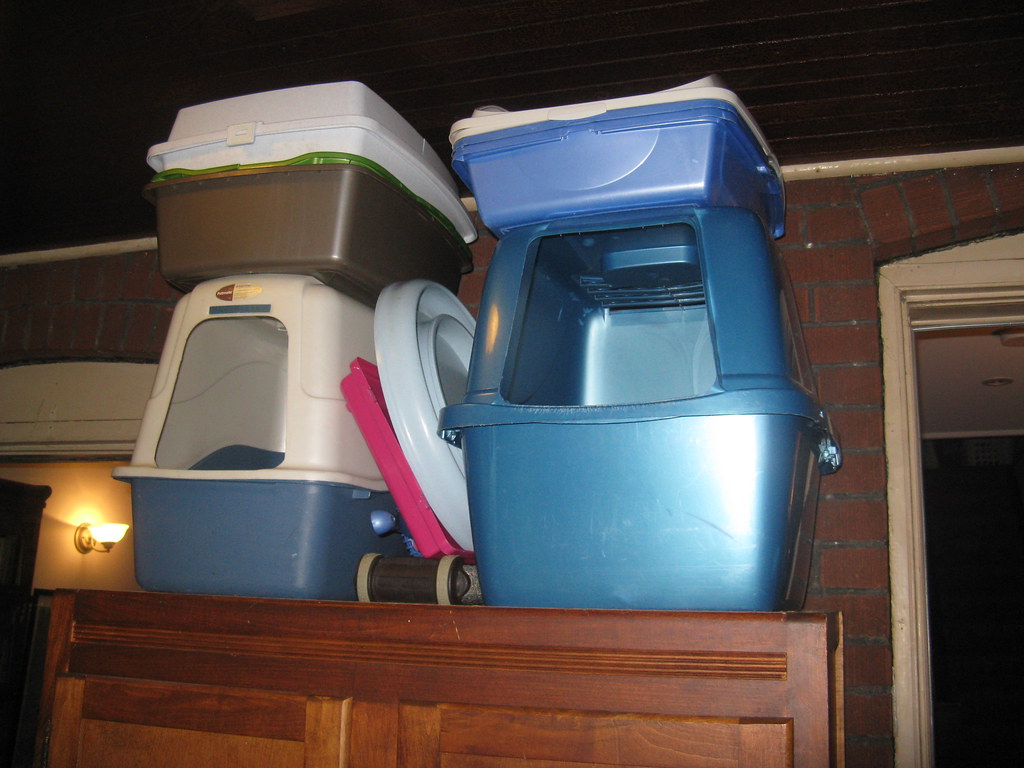
Most ferret owners underestimate how many litter boxes they’ll need for successful training. A good rule of thumb is to have at least one more litter box than the number of ferrets in your household. For example, if you have two ferrets, aim for at least three strategically placed litter boxes. Place boxes in each room where your ferret spends significant time, especially near sleeping areas, as ferrets often need to eliminate shortly after waking. For larger spaces, consider placing boxes in corners approximately 10-15 feet apart to ensure your ferret always has convenient access. Remember that too few boxes almost guarantees accidents, while having plenty of options significantly improves training outcomes.
Strategic Litter Box Placement

The location of litter boxes plays a critical role in successful training. Observe where your ferret naturally attempts to eliminate and place litter boxes in these preferred corners. Ferrets are creatures of habit, making it easier to work with their natural preferences than against them. Never place litter boxes near food and water dishes, as ferrets prefer to keep these areas separate. If your ferret has already established an inappropriate bathroom spot, temporarily block that area after placing a litter box in the nearest convenient corner. For multi-level cages, ensure each level has its own litter box, typically positioned in the corner farthest from sleeping and eating areas.
Beginning the Training Process
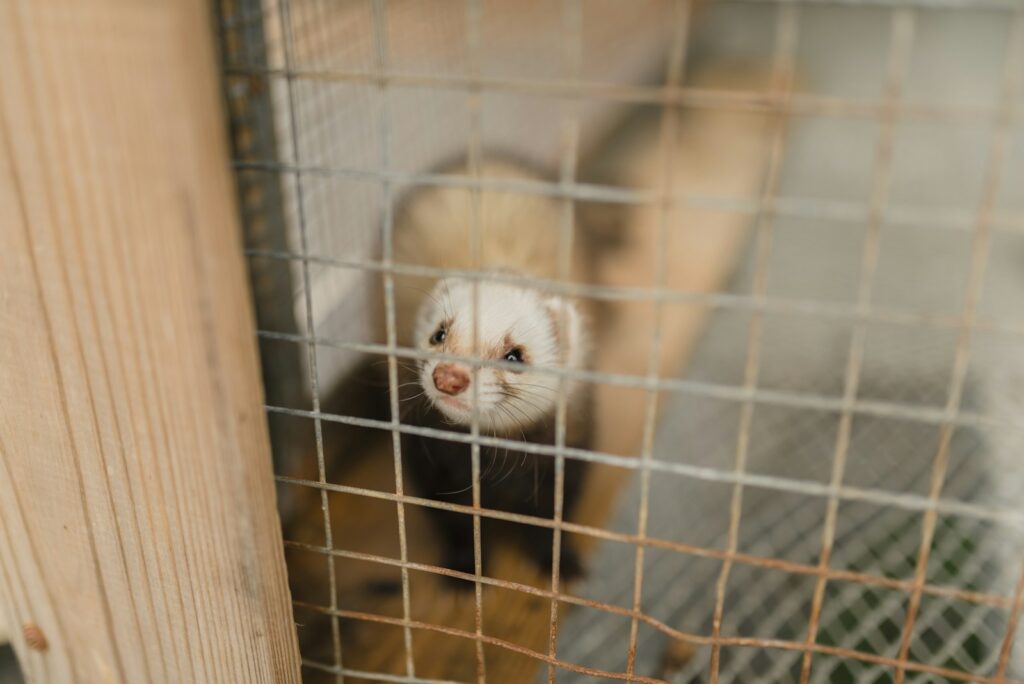
Start litter training by confining your ferret to a smaller space with easily accessible litter boxes. This limited environment makes it more likely they’ll use the provided boxes rather than finding alternative spots. When you first bring a ferret home, limit their play area to one room for the first week, ensuring it contains properly positioned litter boxes. During training, closely monitor your ferret for pre-elimination behaviors like backing into corners or circling, and gently place them in the nearest litter box when these signs appear. Consistency is key—immediately after meals, naps, or play sessions, place your ferret in the litter box to establish a routine that connects these activities with bathroom needs.
Using Positive Reinforcement Techniques

Positive reinforcement significantly enhances litter box training success with ferrets. When your ferret successfully uses the litter box, immediately reward them with enthusiastic praise, gentle pets, or a small treat they particularly enjoy. This creates a positive association with proper elimination habits and motivates them to repeat the behavior. The timing of rewards is crucial—they must occur immediately after successful litter box use while your ferret can still connect the reward with their action. Never punish a ferret for accidents, as this can create stress and fear that inhibits learning. Instead, focus entirely on rewarding success while maintaining a patient, encouraging attitude throughout the training process.
Addressing Accidents Properly

Accidents will happen during the training process, and your response significantly impacts future success. When you discover an accident, avoid showing frustration or scolding your ferret, as they won’t connect punishment with something that happened earlier. Instead, thoroughly clean the area with an enzymatic cleaner specifically designed to eliminate pet odors, removing all scent markers that might encourage repeat accidents in the same spot. If you catch your ferret in the act of eliminating outside the litter box, calmly but quickly transfer them to the nearest box to help them make the connection. Consider placing a small amount of the waste in the litter box temporarily to help your ferret identify it as the appropriate elimination area.
Maintaining Consistent Cleaning Routines
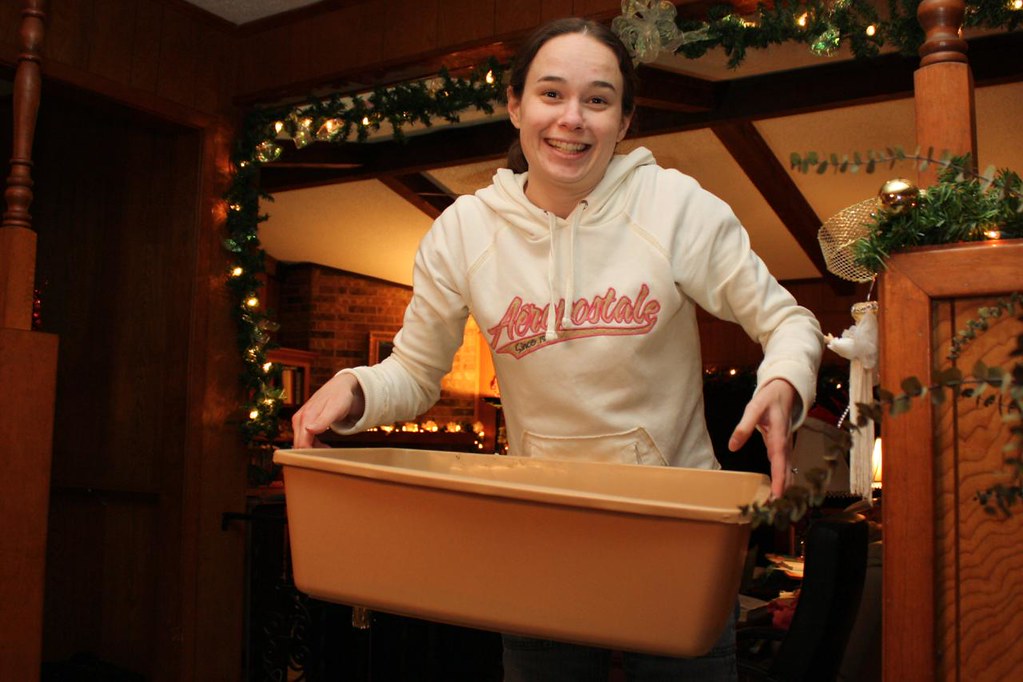
Ferrets are naturally clean animals that may refuse to use dirty litter boxes, making regular maintenance essential for training success. Remove solid waste at least twice daily to prevent odor buildup and maintain an inviting bathroom space. Change the litter completely every 2-3 days, as ferrets are sensitive to ammonia odors from urine. When changing litter, leave a small amount of the old litter to maintain the scent that identifies it as the bathroom area. Clean the box thoroughly with mild, unscented soap once weekly, avoiding strong-smelling cleaners that might deter your ferret from using it. Establishing this cleaning routine from the beginning helps prevent regression in training progress.
Adjusting Training for Multiple Ferrets

Training multiple ferrets requires special considerations to ensure success for all your pets. Introduce litter box training to each ferret individually before allowing them to interact freely as a group. Ferrets often mimic behaviors, so having at least one well-trained ferret can help others learn more quickly through observation. Provide more litter boxes than you have ferrets to prevent competition and ensure everyone has access when needed. Be aware that dominant ferrets may claim certain boxes, making it necessary to have alternatives available. Watch for any bullying around litter boxes and separate ferrets during training if necessary to prevent negative associations from forming.
Troubleshooting Common Training Challenges

Even with perfect setup and technique, you may encounter specific challenges during training. If your ferret consistently eliminates next to rather than in the box, try a larger box or place boxes in every corner of problematic rooms. For ferrets that seem to forget training during playtime, temporarily reduce their play area size and increase the number of conveniently placed boxes. Some ferrets develop preferences for eliminating on specific surfaces – if this happens, temporarily line the litter box with this preferred material, gradually mixing in appropriate litter until you can transition completely. For ferrets with established bathroom habits in inappropriate areas, completely block access to these spots while providing many appropriate alternatives nearby.
Understanding Age and Health Factors

Age and health status significantly impact litter training success and require tailored approaches. Young kits (baby ferrets) have less bladder control and require more frequent opportunities to use the litter box, with patience for their developing abilities. Senior ferrets may develop joint pain that makes climbing into boxes difficult, necessitating lower-sided options positioned in easily accessible locations. Any sudden change in previously established litter habits warrants a veterinary checkup, as urinary tract infections, digestive problems, or other health issues often manifest first as bathroom behavior changes. Ferrets undergoing hormone changes, particularly unaltered females during breeding season, may temporarily regress in their training and require extra patience during these periods.
Maintaining Long-Term Success
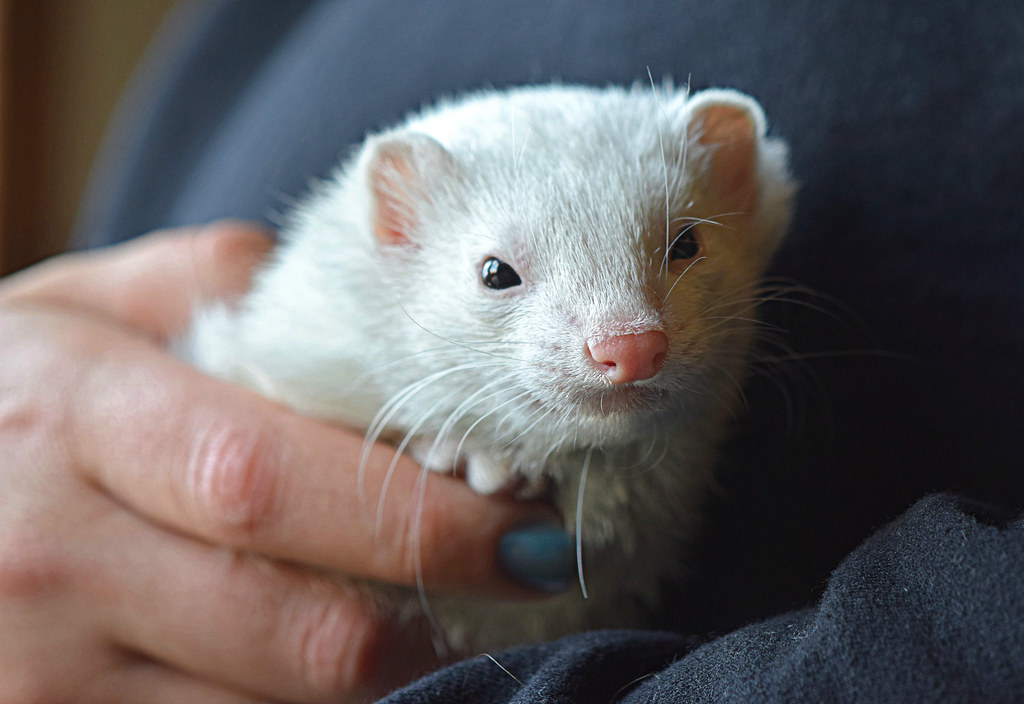
Once your ferret consistently uses their litter box, maintaining this behavior requires ongoing attention to their needs. Never make sudden changes to litter type, box location, or cleaning routines without a gradual transition period. Regularly inspect boxes for damage or wear and replace them before they become uncomfortable or unsafe. Remember that stressful life changes like moving homes, introducing new pets, or schedule disruptions may cause temporary regression requiring a refresher on basic training techniques. Continue rewarding good behavior periodically even after training seems complete, as this reinforces the positive association with proper litter box use. With consistency and attention to your ferret’s specific preferences, successful litter habits can last throughout their lifetime.
Training a ferret to use a litter box consistently requires understanding their natural behaviors, providing appropriate equipment, and following a structured training approach. While the process demands patience and consistency, most ferrets can successfully learn this important habit with proper guidance. Remember that each ferret has a unique personality that may require adjustments to these general techniques. By maintaining clean litter boxes in strategic locations and consistently reinforcing positive behavior, you’ll create a more harmonious living environment for both you and your ferret companion. The time invested in proper litter training pays dividends throughout your pet’s life, allowing you to focus more on enjoyable interactions and less on cleanup.



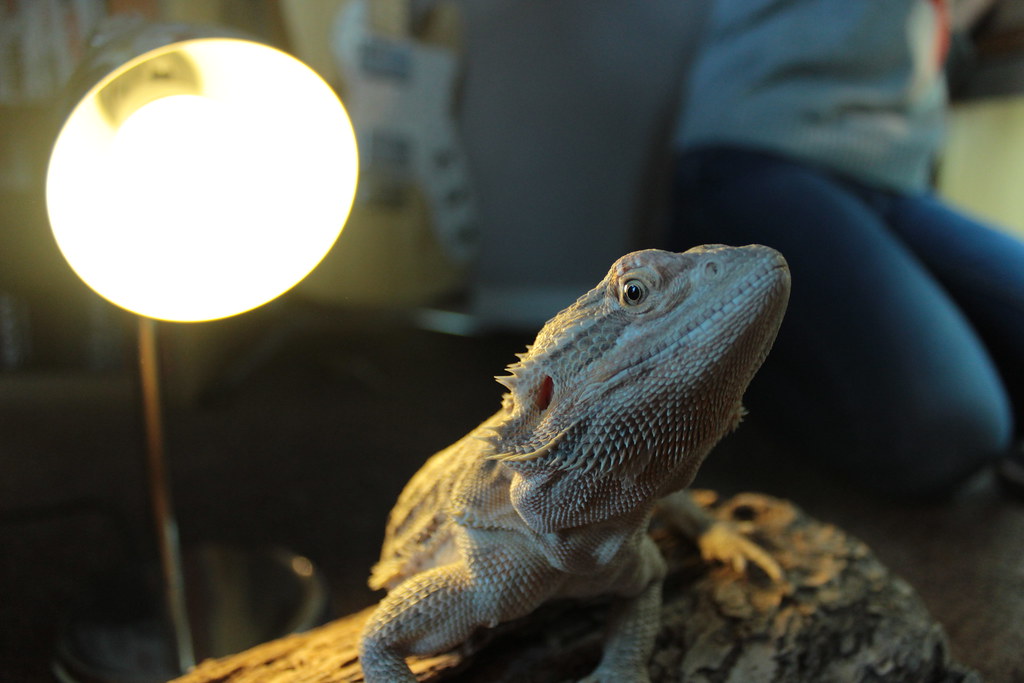







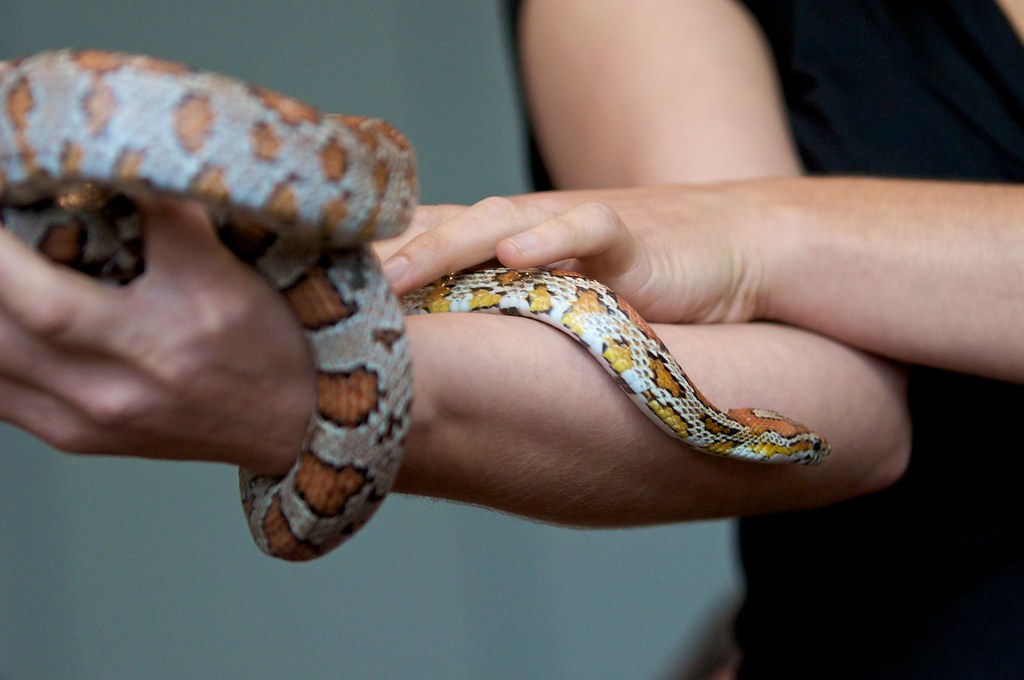
Leave a Reply